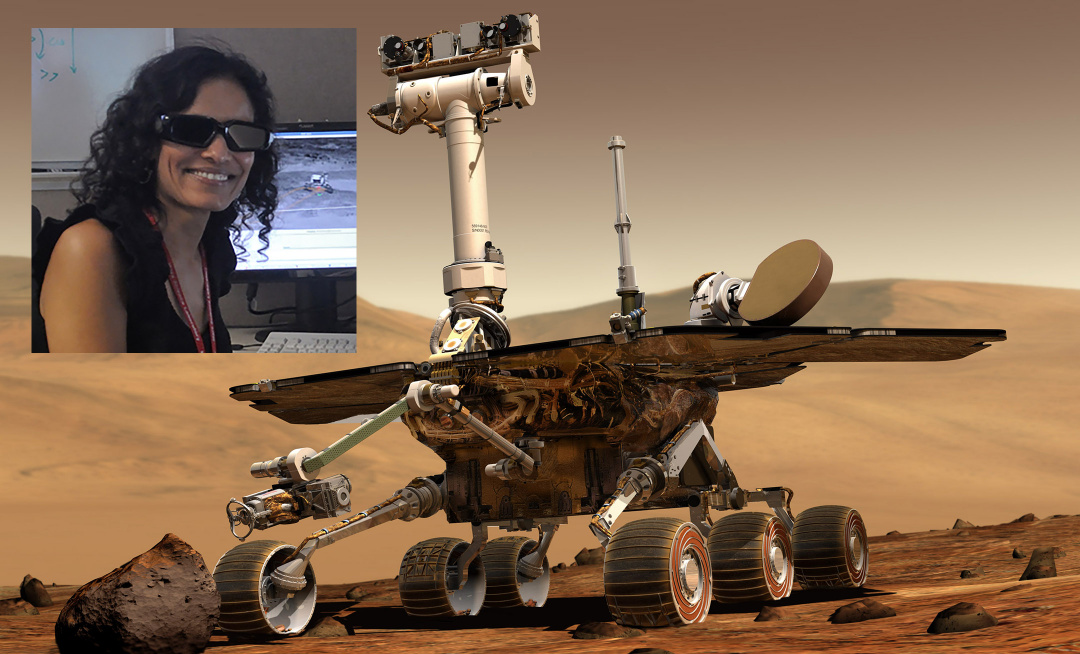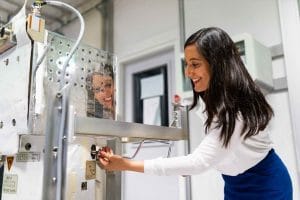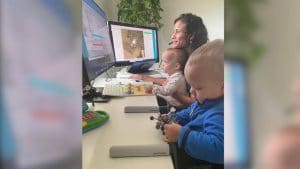NASA Female Scientists are Inspiring Girls All Over the World

NASA rover operator Vandi Verma hopes women’s high profile in the latest Mars mission will inspire a new generation to pursue careers in a sector traditionally dominated by men.
Verma’s colleague Swati Mohan made headlines around the world when she narrated the nail-biting landing of the Perseverance rover on the Red Planet following its perilous descent through the Martian atmosphere.
“It’s definitely inspired girls everywhere. It opened people’s perceptions of who can be a space engineer. I really think I have one of the coolest jobs in the world. When Mars is visible in the sky you look at that little dot and you think right now there’s a robot out there doing commands that I told it to do. That’s pretty wild.”
Verma, who has been driving rovers on Mars since 2008, said the latest mission would help answer questions “that change what we know about our place in the universe”. Verma studied electrical engineering before moving to the United States, where she gained a PhD in robotics from Carnegie Mellon University. When she joined NASA in 2004, female engineers often found themselves the only woman in the room, she said. But things are changing.
NASA, which aims to land the first woman on the moon by 2024, is on a mission to boost diversity. Women made up 34% of the workforce in 2019, holding 18% of senior scientific posts, about treble the figure for 2009, according to the agency.
Verma said it was very exciting to see an increasing number of applications from women, adding that diverse teams led to more “creative, out-of-the-box thinking“.But she said there was a long way to go to encourage more women into the STEM professions – science, technology, engineering and mathematics.
British space engineer Vinita Marwaha Madill – founder of Rocket Women, which aims to inspire women to choose STEM careers – said role models were vital. Marwaha Madill said:
“Seeing someone that looks like you allows you to believe that it’s possible to achieve your goals.
In Britain, women make up about a quarter of people working in STEM subjects, excluding medicine and related fields where women outnumber men, an organisation campaigning to increase the number of women in STEM professions.
Marwaha Madill, a project manager at a space exploration and robotics company in Ottawa, Canada, said it was crucial to change stereotypes as many girls decided to move away from science as young as 11 years of age. One way to get more girls into STEM subjects was to tap into their desire to change the world for the better.
“There seems to be a disconnect between young women … wanting to make a difference in the world, and knowing that they could make a really big positive impact through a career in science and engineering,” she added.

NASA’s Verma, who juggles driving the rover with raising one-year-old twins – a boy and a girl, said unconscious bias was also a factor in shaping aspirations.







